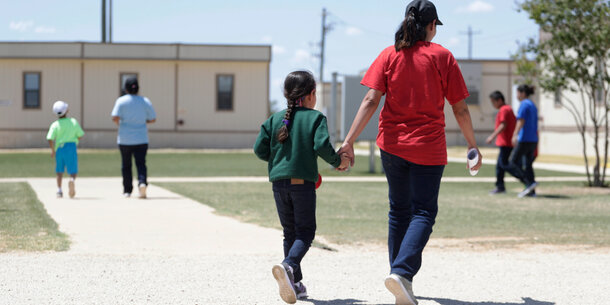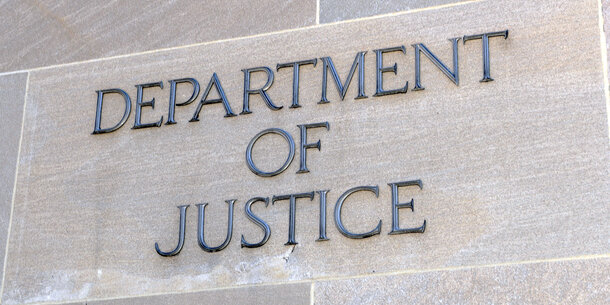When violent crime spiked during the Covid-19 pandemic, many voices in politics and the media found a convenient scapegoat: bail reform. But is bail reform really why crime rose? A recent study I published with Smith College economics professor Terry-Ann Craigie found no evidence connecting the two.
Bail refers to the conditions under which someone accused of a crime can be released while awaiting trial. In many American courtrooms, those conditions include a deposit or pledge money, and release can only be obtained after paying (or pledging) a certain amount. This system, known as money bail, means that someone’s freedom can depend, at least in part, on their bank balance. It also means that people who present no danger to their communities but lack the money to pay may spend months (or longer) in jail awaiting trial, while people with access to credit can walk free.
Money bail is a source of racial disparities in the justice system. Research indicates that Latino populations have been disproportionately affected by the money bail system. For one, Latino people are more likely to receive higher bail amounts than their white counterparts. Even when given the option to pay bail, only 33 percent of Latino individuals are able to afford it.
Efforts to change this unfair system are not new but have picked up steam in recent years. New Jersey all but ended money bail in 2017 in an initiative led by Republican Gov. Chris Christie, replacing it with a system that requires judges to assess whether a person is a flight risk, will likely commit another crime, or committed certain violent crimes such as murder. New York followed by restricting money bail for most lower-level and nonviolent offenses in 2020, while Illinois went a step further in 2023 and ended the practice entirely. But recently, such efforts have become a political flashpoint as critics sought an explanation for the mid-pandemic rise in murder and violent crime.
To test the relationship between bail reform and crime, the Brennan Center collected data on crime rates in 33 cities around the country from 2015 through 2021. We then identified that 22 of those cities had implemented some type of bail reform. Finally, we used a statistical method to evaluate whether crime rates diverged between cities with and without bail reform.
We found no statistically significant relationship between bail reforms and trends in crime generally or violent crime specifically. In other words, there is no clear evidence that bail reform had any effect on whether crime rose or fell in the cities we studied. We tried several statistical approaches to check our result but came to the same conclusion each time. There was no relationship, for example, between bail reform and rates of larceny (theft). Nor did large-scale bail reform efforts, like the one approved by constitutional amendment in New Jersey or by the New York legislature, trigger changes in crime trends.
These findings are not surprising. There is no single reason why crime increases or decreases, and it would be remarkable if one policy change could dramatically alter city- or national-level trends in violence. Other researchers have come to similar conclusions. Moreover, in contrast to the widespread belief that bail reform increases crime, statewide bail reform appears to have reduced recidivism in general in New York City. A separate study of several cities also found no relationship between decreasing jail detention and crime.
Critiques of bail reform rest on a misunderstanding of how these policies work. Bail reform does not allow people to evade responsibility for their crimes or walk free despite posing a risk to their communities, as some people believe. These reforms simply seek to end the risk that someone who is legally presumed innocent can be jailed simply because they are too poor to pay money bail.
With thanks to Megan di Russo for research support.



